Antarctica is an ice-covered continent located in the very south of the Earth. Even in summer, the average air temperature there is −25 degrees Celsius. But severe frost does not prevent this frozen part of the planet from being a place of high volcanic activity. There are dozens of volcanoes in Antarctica, most of which are dormant. But about eight of them are still active, and three of them have erupted in recent history. One of the Antarctic volcanoes isErebus, which is considered the southernmost on Earth. One day, scientists studied the air around this formation and found that every day it throws out huge amounts of gold dust. If you invent a technology for collecting it, you can quickly get rich.
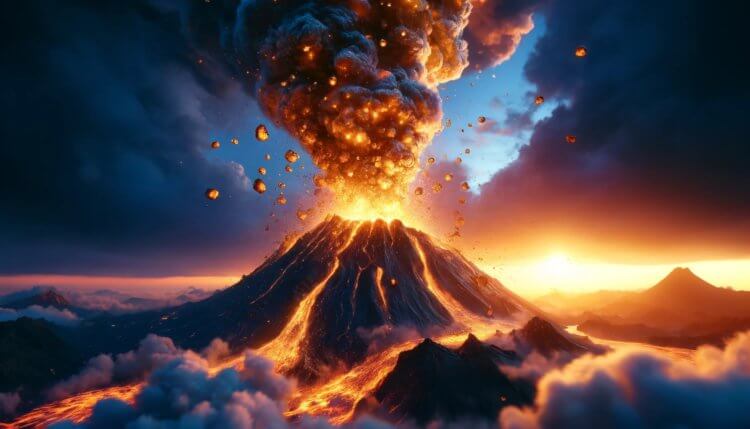 Contents
Contents
- 1 Volcano Erebus in Antarctica
- 2 The most active volcano in Antarctica
- 3 An unexpected source of gold in Antarctica
- 4 Plane crash at Mount Erebus
Volcano Erebus in Antarctica
Volcano Erebus is located on Ross Island, where there are several smaller volcanoes – many of them have long been extinct. The volcanically active mountain was discovered by scientists only in 1841 because it is located far from the civilized world. The discoverer is considered to be the British navigator James Ross, after whom the ice-covered island is named.
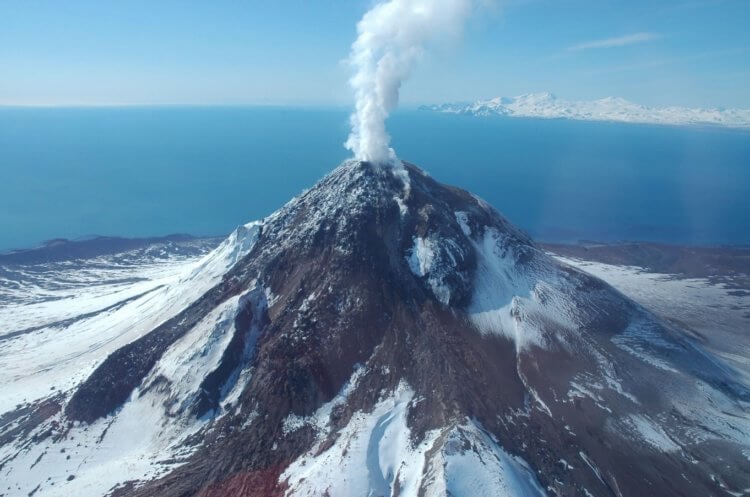
Erebus was named after the ancient Greek god Erebus, who personifies eternal darkness. The height of the Erebus volcano is estimated at 3794 meters, the diameter of the crater is 805 meters, and its depth is 274 meters.
Read also: How many volcanoes on Earth are erupting right now – there are more of them than do you think
The most active volcano in Antarctica
If you look closely at satellite images of Mount Erebus, you will notice that there is something red at the top. This is a lava lake that appeared around 1972 – from that moment on, scientists began to monitor the activity of the volcano. It regularly releases clouds of various gases into the air. In some cases, boulders of molten rock are even ejected from the vent, best known as “volcanic bombs.”
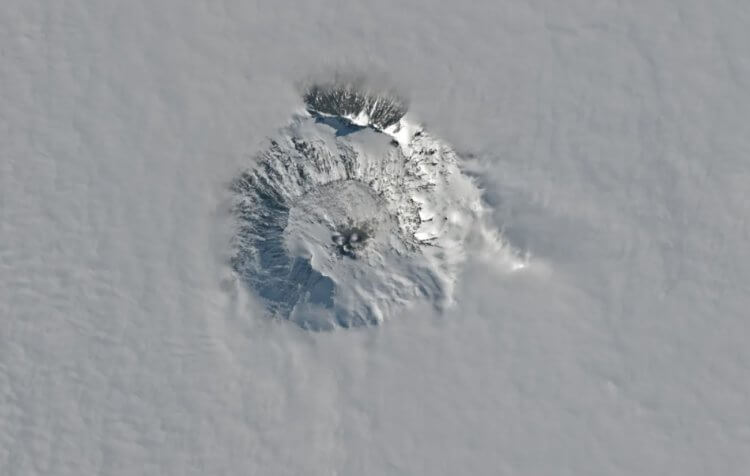
In 1991, scientists studied the air around the volcano and were surprised to find that gas streams contained tiny gold crystals no larger than 20 micrometers in size. Scientists estimate that every day Erebus throws 80 grams of gold into the sky – the authors of the scientific publication IFL Science calculated that this is equal to $6,000. The results of the study showed that gold dust spreads up to 1000 kilometers from the volcano.
New scientific discovery:Many mud volcanoes discovered under Lake Baikal
An unexpected source of gold in Antarctica
Based on this, Antarctica can be called the golden continent. If some entrepreneur manages to create a technology for capturing tiny particles of gold from the air, he could become very rich. However, this sounds like something out of science fiction, because microscopic particles of metal fly very far from each other – unless someone manages to install a filter directly above the volcano.
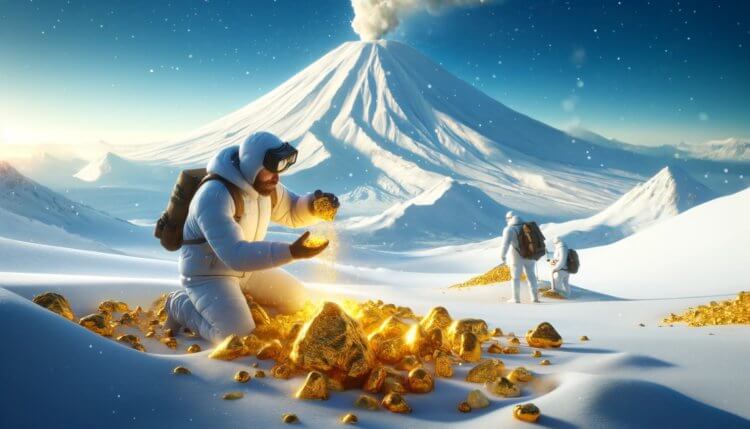
Antarctica may be a rich source of many resources, but it is too extreme a place
Judging by the lack of news, none of the businessmen are interested in gold mining in Antarctica. This may be due to the fact that gold mining on such a distant and cold continent can cost more than the metal itself. Most likely, this is simply an unprofitable idea, and such a business will only bring losses.Read also:The largest gold nugget in Russia, which changed the life of a simple worker
Plane crash at Mount Erebus
Mount Erebus is best known not for its golden vapors, but for the disaster associated with it. In November 1979, a DC-10 passenger plane crashed into the side of a volcano, killing all 257 passengers on the flight. Air New Zealand built a route through Ross Island because it wanted to offer customers a tour over the cold continent. The flight began in Auckland, New Zealand, the plane flew over Antarctica and returned back to its homeland.
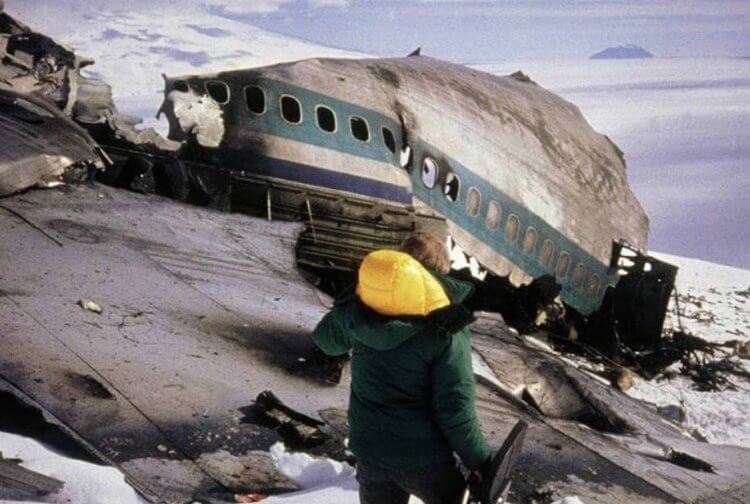
On the day of the disaster the weather was cloudy, but the flight was still not cancelled. To at least see something, Captain Jim Collins tried to lower the plane to a height of 610 meters, but apparently did not see the volcano. Judging by the photographs taken by passengers some time before the collision, visibility was good, the pilot simply did not see the white slope against the backdrop of the snow-white expanses of Antarctica.
Have you already subscribed to our Zen and Telegram channels? If not, it's time to fix it!
Gold is one of the most precious metals in the world. It is usually mined in mines – for example, there is a lot of it in the African Mponeng quarry. But sometimes, as in the case of Mount Erebus, gold is found in the most unexpected places. For example, did you know that particles of this metal are found inside the leaves of Australian trees? If not, be sure to read our article “Australian trees contain gold. How is this possible?